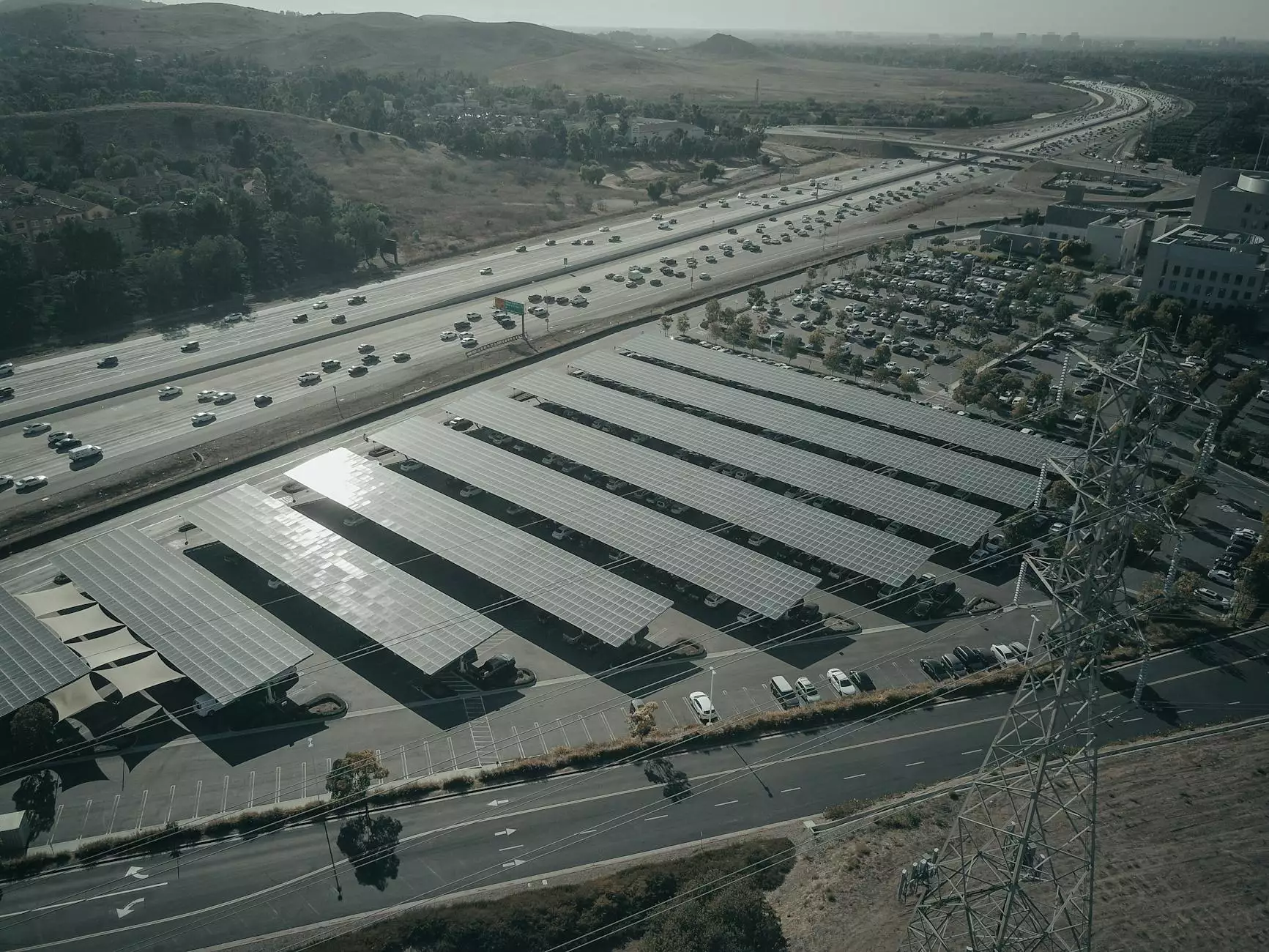Automotive Fiberglass Parts: Revolutionizing the Auto Parts Industry

In the evolving landscape of the automotive industry, the adoption of innovative materials is key to enhancing performance, aesthetics, and sustainability. Among these materials, automotive fiberglass parts have emerged as a prominent solution, offering numerous advantages over traditional automotive components. This article delves deep into the world of automotive fiberglass, examining its benefits, applications, and the growing market demand.
What are Automotive Fiberglass Parts?
Automotive fiberglass parts are components made from fiberglass reinforced plastic (FRP), a composite material consisting of a polymer matrix reinforced with glass fibers. This combination results in a lightweight yet incredibly strong product that is highly resistant to environmental factors. In recent years, the use of automotive fiberglass parts has soared due to advancements in manufacturing technologies and materials science.
Benefits of Automotive Fiberglass Parts
- Lightweight: Fiberglass parts are significantly lighter than metal counterparts, leading to improved fuel efficiency and enhanced vehicle performance.
- Durability: Fiberglass is resistant to corrosion, rust, and many chemicals, extending the lifespan of automotive components.
- Flexibility in Design: The molding process of fiberglass allows for intricate designs and shapes that are often impossible with traditional materials.
- Cost-Effectiveness: While the initial cost may be higher, the longevity and reduced maintenance costs associated with fiberglass parts make them a cost-effective choice in the long run.
- Customization: Companies like CustomClass.net provide tailored solutions to meet specific customer needs, ensuring that clients receive parts that perfectly fit their vehicles.
Applications of Automotive Fiberglass Parts
Automotive fiberglass parts are used in a variety of applications, including:
1. Body Components
Many modern vehicles utilize fiberglass for body panels, including hoods, fenders, and bumpers. This application not only reduces weight but also improves aerodynamics. Fiberglass body parts can be designed to specific aerodynamic standards, enhancing vehicle performance on the road.
2. Interior Components
In addition to exterior parts, fiberglass is also used in the production of interior components such as dashboards, door panels, and console systems. These components can be designed to integrate advanced technology, contributing to a more modern and functional vehicle interior.
3. Performance Enhancements
Aftermarket modifications often include the addition of fiberglass parts for performance racing vehicles. Lightweight spoilers, splitters, and even entire body kits are made from fiberglass to improve handling and stability at high speeds.
4. Custom Displays and Show Cars
Custom show cars frequently feature unique fiberglass designs that showcase artistic flair while providing performance benefits. These parts can be uniquely tailored to the specifications of the vehicle owner, truly allowing their personality and style to shine through.
5. Automotive Industry Manufacturing
Beyond individual vehicle applications, automotive fiberglass parts play a significant role in manufacturing processes. For instance, molds are created using fiberglass to produce other vehicle components efficiently and accurately.
Comparing Fiberglass to Other Materials
When considering automotive materials, fiberglass often directly competes with materials like steel, aluminum, and carbon fiber. Here's a brief comparison:
Fiberglass vs. Steel
Steel is known for its strength but comes at the cost of weight and susceptibility to rust. Fiberglass, while strong, offers a significant weight advantage, making it more suitable for applications where performance and efficiency are critical.
Fiberglass vs. Aluminum
Aluminum is lightweight and resistant to corrosion; however, it can be more expensive than fiberglass and lacks the same design flexibility. Fiberglass can be molded into complex shapes, whereas aluminum often requires more processing and shaping.
Fiberglass vs. Carbon Fiber
Carbon fiber is a high-performance material loved for its strength-to-weight ratio but comes with a higher price tag. Fiberglass offers a balance of performance and affordability, making it accessible for a broader market.
Market Trends in Automotive Fiberglass Parts
The market for automotive fiberglass parts is witnessing significant growth driven by several factors:
Sustainability Focus
With increasing environmental regulations and consumer demand for sustainable products, manufacturers are exploring eco-friendly materials. Fiberglass can potentially be produced using recycled materials, catering to eco-conscious consumers.
Technological Advancements
Advancements in manufacturing techniques, such as resin transfer molding (RTM) and vacuum infusion, are enhancing the quality and reducing the cost of fiberglass parts. These innovations allow for greater production efficiency and superior product quality.
Customization and Aftermarket Growth
The booming aftermarket industry is propelling the demand for custom fiberglass parts. Enthusiasts want parts that match their unique aesthetics and performance needs, driving manufacturers to innovate continually.
Challenges in the Automotive Fiberglass Market
Despite the numerous benefits of automotive fiberglass parts, challenges exist:
Manufacturing Costs
While fiberglass can be more cost-effective over time, the initial manufacturing costs can be higher than some traditional materials. This is particularly evident in low-volume production scenarios.
Complexity in Repair
While fiberglass parts are durable, repairs can be more complex compared to metal parts. Specialized skills and materials are often required for effective repairs, which can deter some customers.
Looking to the Future of Automotive Fiberglass Parts
The future of automotive fiberglass parts looks promising. With ongoing innovations and increasing demand for lightweight, durable, and customizable components, fiberglass stands at the forefront of material selection in automotive design and manufacturing.
Conclusion
As the automotive industry continues to evolve, the importance of materials like fiberglass cannot be overstated. From enhancing vehicle performance to allowing for artistic expression in custom builds, automotive fiberglass parts offer a unique blend of strength, versatility, and aesthetic appeal.
Incorporating automotive fiberglass parts into modern vehicle design not only meets the challenges of today’s market but also sets the stage for the innovations of tomorrow. Whether you are a manufacturer, a car dealer, or an enthusiast, embracing fiberglass as a component choice can lead to transformative results.
Explore the benefits of automotive fiberglass parts and discover tailor-made solutions at CustomClass.net. Join the revolution in automotive design and reap the rewards of advanced materials that enhance every aspect of vehicle performance and design.



